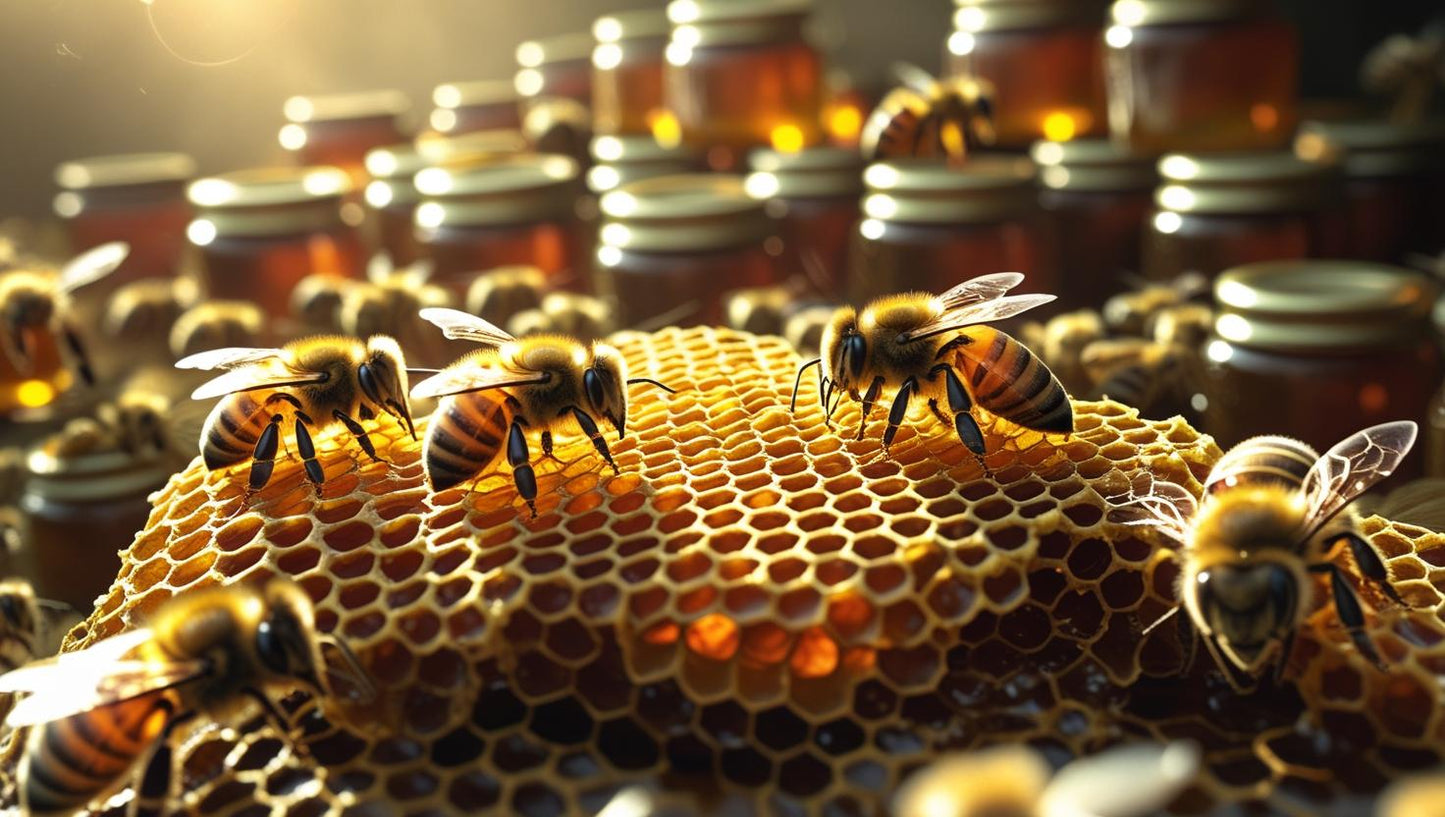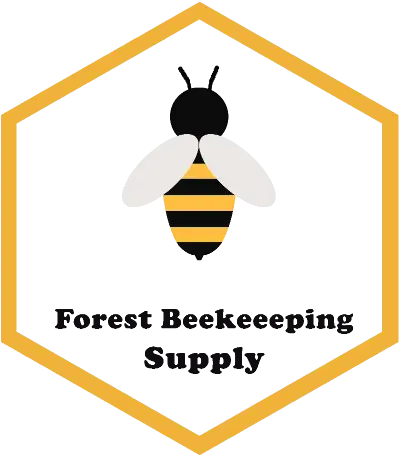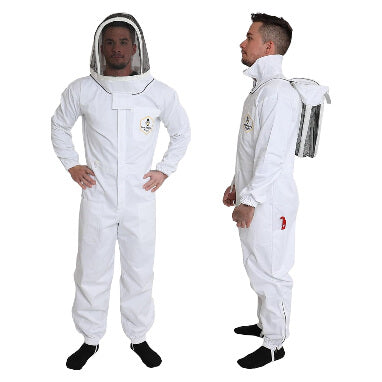
Introduction:
Welcome to our blog! If you’ve ever wondered how the golden nectar we call honey makes its way from the hive to your table, you’re in the right place. Honey extraction is a fascinating process that combines science, art, and a touch of nature’s magic. In this post, we’ll explore the methods of honey extraction, the tools needed, and some tips for ensuring you get the best quality honey.
Understanding Honey Extraction
Honey extraction is the process of removing honey from honeycombs. Beekeepers usually wait until the honey is fully ripened, which is indicated by the capped honey cells. This ensures the honey has the right moisture content for optimal flavor and shelf life.
Methods of Honey Extraction
-
Crush and Strain
- This is the simplest method, ideal for small-scale beekeepers. After removing the frames from the hive, the honeycomb is crushed and strained to separate the honey from the wax.
- Pros: No special equipment required; easy for beginners.
- Cons: More labor-intensive and can result in some loss of wax.
-
Extracting with an Extractor
- A honey extractor is a specialized device that spins the frames to use centrifugal force, extracting honey while leaving the wax intact.
- Pros: More efficient and results in cleaner honey; preserves comb for future use.
- Cons: Requires an initial investment in equipment.
-
Bottling Method
- This method involves placing the frames in a warm environment to allow the honey to flow out naturally. It’s less common but can be effective in certain conditions.
- Pros: Minimal processing.
- Cons: Slow and can be less efficient.
Essential Tools for Honey Extraction
- Bee Suit and Gear: Protect yourself with a bee suit, gloves, and a veil to ensure a safe extraction process.
- Honey Extractor: Choose between manual and electric models depending on your scale and budget.
- Uncapping Knife: A heated knife makes uncapping honey cells easier.
- Strainer and Bottling Equipment: Use food-grade strainers to filter out impurities, and bottles that are easy to seal.
Tips for Successful Honey Extraction
- Timing is Key: Harvest honey when it's fully capped for the best flavor and quality.
- Keep it Clean: Sanitize all your tools to prevent contamination.
- Store Properly: After extraction, store honey in airtight containers in a cool, dark place to preserve its quality.
Conclusion
Honey extraction is a rewarding process that allows you to enjoy the fruits of your labor while supporting bee populations and their crucial role in our ecosystem. Whether you’re a seasoned beekeeper or a curious beginner, understanding this process can deepen your appreciation for this sweet substance.
Stay tuned for more posts where we’ll dive deeper into the benefits of honey, recipes, and tips on beekeeping!
Happy extracting!


